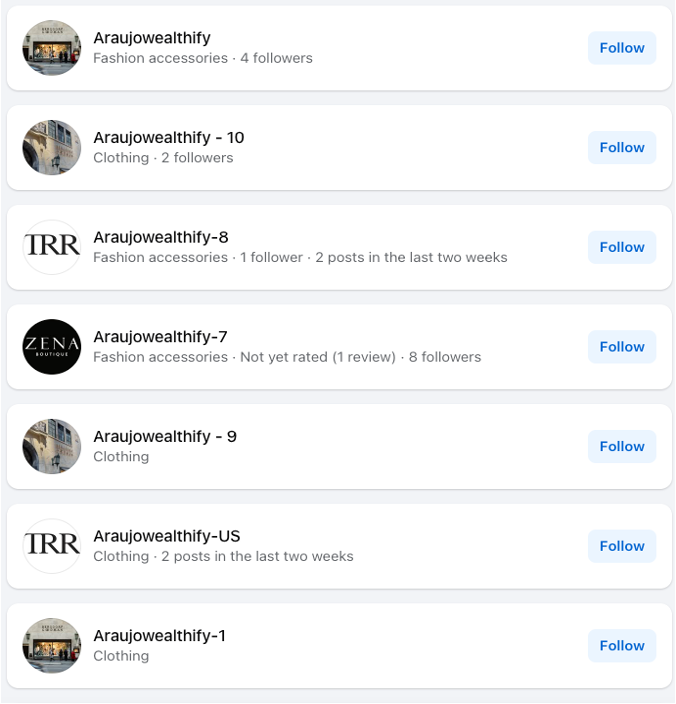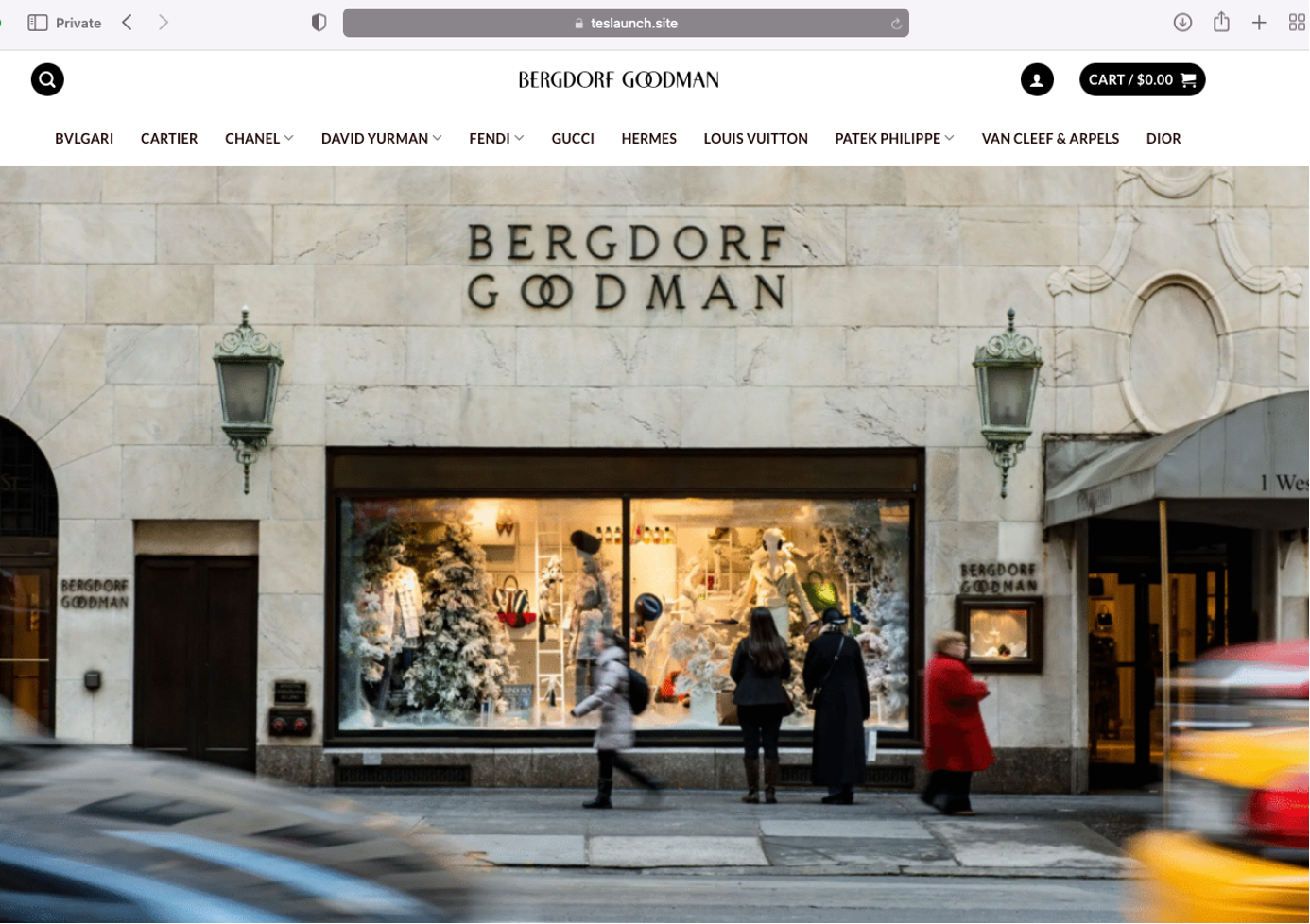
It’s that time of year again when retailers are gearing up for their busiest period. Adverts for Black Friday bargains and Cyber Monday markdowns will be plentiful, as shoppers go gift buying in a festive frenzy. Enticed by pretty packaging, marketing magic and bargain buys, UK shoppers are expected to spend close to £30 billion on Christmas gifts, spending almost 30% more per household in December than in a typical month.
However, fraudsters are also ramping up their activities - but for different reasons. Every year, online scams surge in the run-up to the holidays, as criminals exploit the rush for last-minute deals, limited-time offers and delivery deadlines. From fake retail websites mimicking well-known brands to social media adverts for counterfeit goods, scammers prey on distracted consumers eager to grab a bargain.
With millions of online transactions taking place daily, even a small lapse in vigilance can result in stolen funds or personal data. One recent study found that two-thirds (67%) of British consumers had experienced a scam attempt in the past year; and for nearly half of them, it happened while shopping online. Worryingly, one-sixth of British parents said their children had experienced at least one scam in 2025 as well. In total, £9.4 billion has been lost in the UK to scammers this year. For businesses and consumers alike, the lead-up to the festive period underscores the importance of careful due diligence and heightened awareness; because while the holidays may bring cheer, they also bring a spike in online deception.
Over the last 10 years, the value of online shopping has more than doubled. Convenience, easier price comparisons and wider selection make it a popular choice, particularly at this time of year when busy consumers want to avoid crowds or long waits in checkout queues. Brands competing for consumer attention use e-commerce sites, online marketplaces and, increasingly, social media platforms.

Social commerce refers to a type of e-commerce where the entire buying process happens directly within a social media platform, such as Instagram, Facebook or TikTok. Currently experiencing a rapid rise in popularity across all age groups, its global penetration rate in 2025 is estimated to be 31%, with Gen Z and millennials using it the most. These younger consumers have been shown to be particularly receptive to content creators’ recommendations and are frequent purchasers of products endorsed by celebrities and influencers. Moreover, a survey published by Statista in 2024 found that promises of deals and discounts were the top factors motivating online shoppers to increase their use of social commerce - something fraudsters know all too well.
More than half of British consumers also say they use social media at least occasionally before making a purchase to compare products and services, look for user reviews, and watch demos or unboxing videos. According to one study, Facebook (49%), YouTube (45%) and Instagram (39%) are the most popular platforms for product research. Of those surveyed, 40% said they then went on to buy directly from a social media platform after researching a product.
However, the growing popularity of social commerce has also created new opportunities for scammers to exploit. Fraudsters often use targeted ads or sponsored posts to promote fake listings, unsafe goods, or counterfeit products that appear legitimate at first glance. These adverts can lead to sophisticated fake websites or payment portals designed to steal personal and financial information. As social media platforms make it easy and inexpensive to launch advertising campaigns, scams can spread quickly - catching even savvy shoppers off guard during busy shopping periods.
When fraudsters are trying to get consumers to buy quickly, they create urgency with phrases like ‘exclusive deal’ or ‘limited offer’. However, it’s always worth pausing for a moment to consider why the price seems too good to be true. Is it really possible to get an authentic designer handbag for less than a hundred pounds?
Take, for example, this scam post on Facebook in September. Using a fake account, the fraudster outlines a quick and easy way to grab a Gucci by filling in a short survey:

Note the link for the survey in the comments has no connection to Selfridges, a UK premium department store chain, despite being touted as a “Selfridges insider’s tip”. Interestingly, another fake account posts a comment endorsing the offer, no doubt to put buyers’ suspicions at ease.

This is actually a variation of a scamming technique being used by fraudsters on social media across a multitude of brands. Another “insider’s tip” example on Facebook shows a post advertising Timberland boots in exchange for a short survey. Once again, the website is a scam with no connection to the real brand. At best, the buyer will be out of pocket for the amount they paid on the site. At worst, they’ll have their personal details and credit card information stolen for repeated use, including the information they provide in supposed survey.

As part of the deception, fraudsters set up convincing fake online stores to deceive shoppers into handing over credit card numbers and personal details. By registering near-identical domains - for example, with slight typos - they make these sites appear legitimate. They might also clone product pages and images from genuine sites to further dupe buyers. By including fake customer reviews and phoney contact details, fraudsters can further add to their credibility. All this enables them to capture payment and identity information via bogus checkout forms or payment redirect pages. The outcome? No delivery arrives and the fraudsters disappear with the money and personal data they can sell on criminal marketplaces, which may also be reused for identity fraud later. This can create a cycle in which victims of online shopping scams are more likely to be targeted by future fraud schemes using their personal information.
Take, for example, the screenshot of this site below:

At first glance, it looks like The RealReal - the world's largest online marketplace for authenticated consigned luxury goods. However, in reality, the website shown has absolutely nothing to do with the genuine marketplace and is instead using the domain ‘https://araujowealthify.shop/’, linked from the Facebook advert shown below. A quick search reveals many accounts by the same or similar name to amplify the reach of the scam.


Several of these accounts link to a site claiming to be Bergdorf Goodman – the iconic New York luxury department store - but their URL tells a different story. All of this serves to scam unsuspecting consumers under the guise of a legitimate brand, which naturally has a high reputational cost for the brands mentioned too.
More than just “cheap knockoffs”, counterfeit goods fund organised crime networks and often involve exploited labour, child labour and unsafe working conditions. In 2023, seizures of counterfeit goods in the EU amounted to a record 152 million fake items worth €3.4 billion, with a concerning increase in harmful items such as automotive parts and pharmaceuticals. Counterfeit perfumery and cosmetics are frequently seized in the UK, which is a concerning trend as medical and skincare products that have not been through rigorous testing pose innumerable risks to the consumers who use them.

Electrical appliances and electronic devices are equally popular categories for fraudsters to target in the holiday shopping season, with counterfeit Dyson Airwraps, GHD straighteners and imitation iPhone 17s being sold to unsuspecting consumers. Shoppers keen to bag a bargain are being duped by fake copies of these products, putting them and their loved ones at risk. These fakes are typically made with substandard components, making them far more likely to overheat, malfunction, or even cause serious fires.
Sadly, fraudsters are smart and run their scams like genuine operations. They look for what’s trending and pivot their schemes accordingly. This year, the popularity of genuine weight loss medications and recent price hike of these products has led to an increase in fake versions of these goods hitting the UK market. This is particularly concerning at this time of year when people are more likely to seek quick weight-loss solutions ahead of their New Year’s resolutions.
The UK’s Medicines and Healthcare products Regulatory Agency (MHRA) has advised against purchasing these fake products from fraudulent pharmacy websites and social media listings stating that they could “contain toxins and other ingredients that could cause real harm”. Figures from Santander bank illustrate a steep rise in the number of customers affected by these scams. From July to September this year, the amount of money lost to scams involving weight loss injections, pens and tablets was more than double the total amount stolen in the previous three months.
Advertised on messaging apps and social media platforms, these counterfeit products are being sold by accounts mimicking the genuine brand, but with minor differences in logos or spelling. Eli Lilly, the pharmaceutical company behind Mounjaro and Retatrutide, is taking action against two sellers on social platforms for selling illicit versions of its drugs, and putting peoples’ lives and safety at risk.
While many of the tactics being used this holiday season are tried and tested, a powerful new tool has entered the fraudster’s playbook - artificial intelligence. Unfortunately, AI is transforming online shopping scams, giving fraudsters powerful new tools to deceive consumers at scale. With generative AI, scammers can now produce highly credible website copy, product descriptions, and even fake customer reviews that sound authentic and error-free, removing the telltale signs that once gave scams away. Virtual storefronts can be created quickly with ease. The result is a new level of sophistication that makes distinguishing legitimate businesses from fraudulent ones increasingly difficult for everyday shoppers.
AI-driven translation tools also allow scammers to overcome language barriers and target shoppers across multiple countries. Meanwhile, deepfake technology enables the creation of realistic product photos, videos, and even fabricated influencer endorsements that make fake stores and products appear legitimate. Combined with automated social media bots and ad campaigns, these advances allow fraudulent operations to reach far wider audiences, faster than ever before. As AI continues to evolve, the line between genuine and fake online retail experiences is blurring - making vigilance, verification, and due diligence more critical than ever.
Fortunately, there are steps we can take to stay safe from shopping scams this holiday season.
• Take a pause on deals that look too good to be true – they usually are.
• Always check that a website’s URL is correct and begins with “https”.
• Stick to trusted retailers or verified marketplaces, and avoid following links from unsolicited emails, texts, or social media ads.
• Verify emails about unsuccessful deliveries or insufficient postage payments, asking you to click a link to ‘fix’ the issue.
• When possible, use secure payment methods that offer buyer protection rather than direct bank transfers.
• If you get an email from a bank claiming a payment was attempted from your account, double-check directly with your bank instead of clicking on the email link.
• Look for independent reviews, confirm contact details, and be cautious if a site has poor grammar, inconsistent branding, or no clear returns policy.
• Finally, enable two-factor authentication on accounts and monitor bank statements for unfamiliar charges.
At Themis, we can also help you take your fraud protection one step further. Our platform is designed so you can easily screen a company or individual for potentially fraudulent activity or red flags.
By staying alert and taking a few simple precautions, shoppers can enjoy the convenience of online shopping without being hit by fraud. This festive season, awareness is the best defence - because every secure purchase helps keep both your finances and holiday spirit intact.
Stay on top of the ever-changing financial crime landscape by accessing the latest information on emerging criminal techniques and the risks associated with carrying out business with particular industries or in particular jurisdictions.
Lorem ipsum dolor sit amet, consectetur adipiscing elit, sed do eiusmod tempor incididunt ut labore et dolore magna aliqua. Ut enim ad minim veniam, quis nostrud exercitation ullamco laboris nisi ut aliquip ex ea commodo consequat. Duis aute irure dolor in reprehenderit in voluptate velit esse cillum dolore eu fugiat nulla pariatur.
Block quote
Ordered list
Unordered list
Bold text
Emphasis
Superscript
Subscript